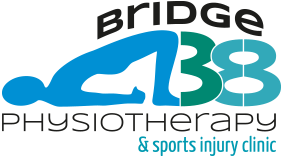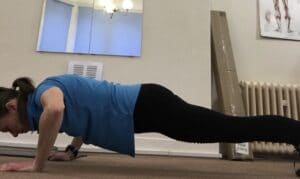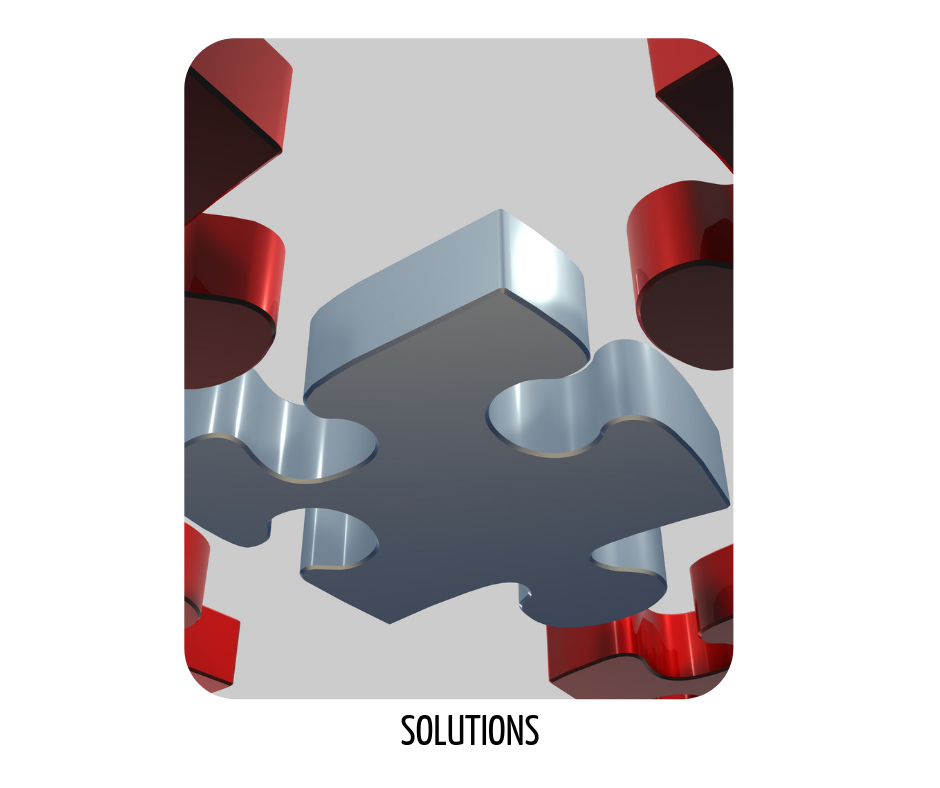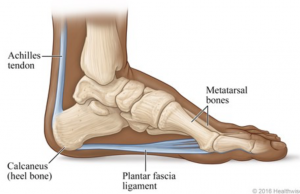Nearly 30 years ago when I was just a newly qualified physiotherapist an injury to a muscle or joint or part of the body that caused pain was simply a pathological process with a cause and effect, and if you followed the advice given and did the exercises the pain would go away. Indeed many patients got better as expected in a timely fashion. But sometimes patients continued to be in pain far longer than the time taken to heal the injured body part. So why is this?
UNDERSTANDING PAIN
We have learned a lot about pain in the last few years and scientific research has led us to realise that when the person with pain understands more about pain and how it works, it can be very helpful in reducing the symptoms and severity of the pain.
Let’s first look at the difference between short-term pain and long-term pain:
Acute pain: This is short-term pain and tends to be associated with damage or perceived damage to the body. For example, if you fall and twist your knee when skiing you may feel pain due to bruising and swelling. This is acute pain and usually, it will settle within 3 months or less as your body heals, even if it was a very severe injury.
Persistent pain: This lasts longer than acute pain but does not necessarily indicate ongoing damage to the body or the injured part. This pain is much less to do with the injury to our bodies and more to do with changes to our central nervous system. If you think of a radio that’s stuck on high volume and won’t go down, this can be what happens to our pain system, it gets stuck on loud.
HOW DOES PAIN WORK:
In its simplest form when we injure a body part nerves carry a lot of information to our brain, and it is our brain that produces pain. YES, all pain no matter where or how it has occurred, your brain is what interprets and produces it. This is really important to understand as many factors interlinking different parts of the brain can therefore affect our experience and severity of pain.
How does this influence our response and perception of pain?
Let’s take the ski fall, where you twist your knee; well before you are aware of anything, your nerves have sent messages to the brain telling them there is some danger going on in your knee. Your brain then ways up many factors such as your job, any previous beliefs you have, your experience of a previous injury to the knee in the past, and what you may need to be able to do in the future, and only after sorting through all this will your brain tell you whether your knee hurts and how severely it hurts too.
SO WHY DOES PAIN SOMETIMES REMAIN?
Nerves sometimes get extra sensitive and in some situations, pain can hang around for longer despite the injury having fully healed and this is termed persistent pain. The constant ongoing feedback from the nervous system starts to set up self-reinforcing feedback loops.
Pain that lasts 3 months or more often has more to do with changes in the central nervous system rather than ongoing damage. It is due to the increased sensitivity of the nervous system. There can be a tiny bit of input into the nervous system which can create a very large response of pain. Imagine if I press lightly on your skin, a normal central nervous system would recognise this as a light press BUT a highly sensitised nervous system may think that something dangerous has just happened and sends out a high pain signal for the body to go into protection mode. Think back to the volume being turned up on the radio scenario.
Changes in the Brain:
With a sensitised nervous system simple activities such as walking and bending can become painful and even sometimes thinking about certain movements can trigger your pain. When a person repeats a particular movement or activity on a regular basis the brain creates a pattern of nerve connections. If a movement is painful for long enough the brain will strengthen the connection between movement and pain. It’s like your brain has joined the dots between, say, the normal sensations coming from your back, the movement of bending, and the memory of the injury and the experience of pain. This unhelpful pattern can become so sensitized that just preparing to do that movement may be enough to cause you to suddenly feel pain.
OTHER FACTORS IN OUR LIVES AFFECT PAIN
Strong evidence suggests the way a person experiences pain is influenced by a lot of factors and is highly influenced by our overall well-being.
Stressful and emotional situations can have an impact on our pain. Too little sleep, kids driving us mad, the anxiety of finances, grieving over the death of someone. The natural chemicals connected with tiredness, stress, and anxiety or depression are very similar to the chemicals used to communicate danger or damage at an initial injury. Therefore, low moods and associated feelings can turn up the volume even more and make the pain worse!
Our thoughts and beliefs can also make the volume of our pain stay loud.
- What happened at the time of the initial injury and how traumatic it was?
- The level of pain at that time experienced
- What pain and injury mean to a person
- Any previous meanings created for past painful injuries
Therefore personal beliefs and environmental factors can make a big difference in how we experience pain and how likely it is that pain will persist.
HOW DO YOU TURN DOWN THE VOLUME ON THE PAIN
As much as the volume of pain can be turned up it can also be turned down. With a bit of time and effort, it is possible.
Firstly understand that persistent pain is NOT a sign of ongoing damage
By making a positive change in our lives and starting to address our physical well-being, cultural beliefs health beliefs, and social environment then we can release “happy endorphin chemicals”.
Increased confidence, and increased activity lead to a decrease in pain which in turn leads to more positive changes.
- INCREASING GENERAL ACTIVITY – Doing less, leads to muscle weakness and stiffness, and low moods. Start with small increases in activity that you enjoy, to break the cycle of inactivity and pain. It is okay to feel a bit of pain when you increase your activity but this is not the same as damage. With practice, you can start to move normally again with less and less pain.
- WORK TOWARDS PERSONAL ACHIEVEMENTS – Sometimes forgetting about fixing the pain but focusing on achieving a personal goal that you find important, you may find that your pain is not the mainstay of your thoughts. It may not take the pain away but increase your confidence and allow you to start enjoying life.
TAKEAWAY POINTS:
- Acute pain is usually a sudden onset after an injury but usually resolves in 3 months or less
- Persistent pain lasts for longer than 3 months but is often not related to ongoing damage or structures not healed.
- Pain that is ongoing can be influenced by factors like our beliefs, environment, stress, and lack of sleep.
- Taking control is the easiest way to turn down the volume of pain by:
-
- Taking regular gentle exercise and slowly increasing how much you do
- Addressing any beliefs that may be impacting how you are feeling
- Improving the amount of sleep you get
- Setting some personal achievements that are easy to achieve.
-
For further detail and information and references to the above information please click on the link below:
https://www.knowpain.co.uk/wp-content/uploads/2018/11/TazzyPersistentPainBooklet.pdf






